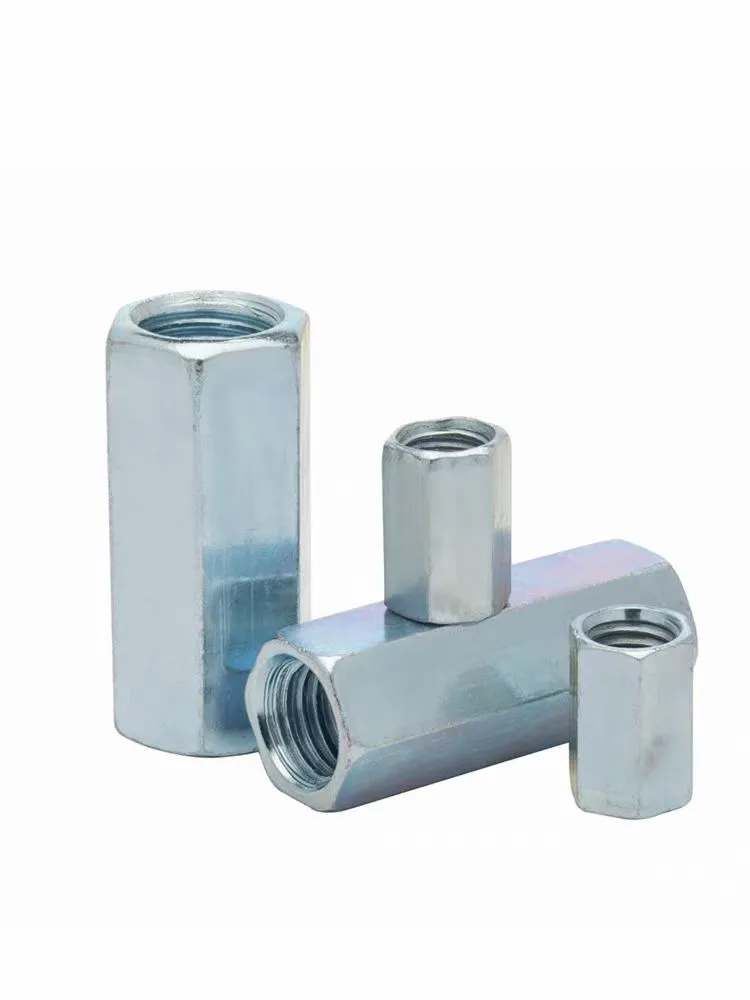

Understanding Flat O-Ring Washers and Their Applications in Various Industries
Nov . 01, 2024 15:49 Back to list
Understanding Flat O-Ring Washers and Their Applications in Various Industries
Understanding Flat O-Ring Washers A Comprehensive Guide
Flat O-ring washers are versatile components widely used in various industrial and engineering applications. They serve a multitude of purposes, primarily providing sealing solutions, load distribution, and protection against wear and damage. This article explores the design, functionality, advantages, and applications of flat O-ring washers.
Design and Characteristics
Flat O-ring washers are typically made from elastomeric materials like rubber, silicone, or thermoplastic elastomers. Their design features a round cross-section, which allows them to fit snugly into assembly parts. The unique shape of these washers helps to create a tight seal when compressed, preventing the leakage of fluids and gases.
The dimensions of flat O-ring washers vary widely depending on their intended application. Factors such as inner diameter, outer diameter, and thickness must be carefully considered to ensure compatibility with the specific components they will be used with. Additionally, the material properties—such as temperature resistance, chemical compatibility, and mechanical integrity—are crucial for the performance of the washer in different environments.
Functionality
The primary function of flat O-ring washers is to provide a reliable seal. When placed between two mating surfaces, they deform under pressure, filling any gaps and preventing the escape of fluids or gases. This sealing capability is vital in applications like hydraulic systems, automotive engines, and plumbing, where leaks can lead to significant failures or hazards.
flat o ring washers

In addition to sealing, flat O-ring washers also help to distribute load evenly across the surfaces they are installed between. This load distribution can prevent damage to sensitive components and extends their lifespan. Furthermore, using these washers can reduce the risk of wear and tear, particularly in situations where parts undergo frequent movement or vibration.
Advantages
One of the primary advantages of flat O-ring washers is their versatility. They can be used in an array of environments, from high-pressure hydraulic systems to low-pressure plumbing applications. Their cost-effectiveness makes them a popular choice for engineers and manufacturers alike.
Moreover, flat O-ring washers are relatively easy to install and replace. Their standard sizes and shapes mean that they can be sourced quickly, reducing downtime in case of maintenance. Additionally, their ability to maintain performance under varying conditions—including temperature fluctuations and exposure to different chemicals—makes them a reliable choice for long-lasting applications.
Applications
Flat O-ring washers are found in many sectors, including automotive, aerospace, construction, and even household appliances. In the automotive industry, they are commonly used in engines and fuel systems to prevent leaks. In aerospace, they contribute to the functionality and safety of various critical systems. In construction, washers play a vital role in plumbing and drainage systems, ensuring reliable sealing and structural integrity.
In conclusion, flat O-ring washers are integral components across a wide range of industries. Their unique design, functionality, and advantages make them invaluable in ensuring the efficiency and reliability of various systems. Understanding their characteristics and applications will help engineers select the right type for their specific needs, leading to optimal performance and longevity.
Latest news
-
High-Strength Hot Dip Galvanized Bolts - Hebei Longze | Corrosion Resistance, Customization
NewsJul.30,2025
-
Hot Dip Galvanized Bolts-Hebei Longze|Corrosion Resistance&High Strength
NewsJul.30,2025
-
High-Strength Hot-Dip Galvanized Bolts-Hebei Longze|Corrosion Resistance&High Strength
NewsJul.30,2025
-
Hot Dip Galvanized Bolts-Hebei Longze|Corrosion Resistance&High Strength
NewsJul.30,2025
-
Hot Dip Galvanized Bolts - Hebei Longze | Corrosion Resistance, High Strength
NewsJul.30,2025
-
High-Strength Hot Dip Galvanized Bolts-Hebei Longze|Corrosion Resistance, Grade 8.8
NewsJul.30,2025

